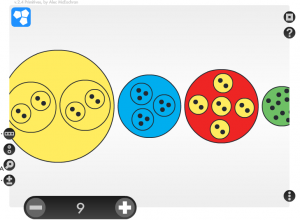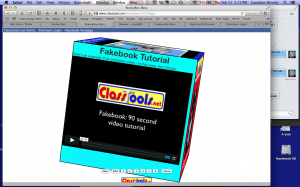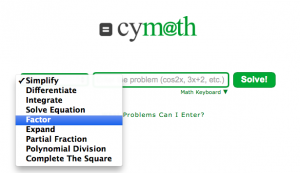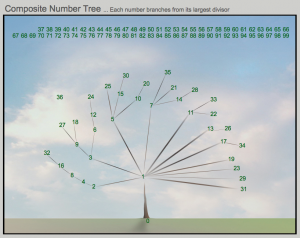Ain’t Misbehavin': What teachers really do during inservice
 I recently ran across both a post and an article that made me think about how teachers act during inservice sessions. I have decided that in many cases, what you see us doing ain’t misbehavin’ even though it often looks like it. Mark Anderson’s ICTEvangelist blog shares a guest post from Rachel Jones on the 10 Things all teachers do – even though they might not admit it. I enjoyed reading the UK equivalents of education jargon [see translations in brackets] and laughed out loud knowingly at item 4:
I recently ran across both a post and an article that made me think about how teachers act during inservice sessions. I have decided that in many cases, what you see us doing ain’t misbehavin’ even though it often looks like it. Mark Anderson’s ICTEvangelist blog shares a guest post from Rachel Jones on the 10 Things all teachers do – even though they might not admit it. I enjoyed reading the UK equivalents of education jargon [see translations in brackets] and laughed out loud knowingly at item 4:
4 – All teachers – all of them – exhibit signs of what would be called behaviour management issues in very long INSET [translation for US teachers] days. I have seen some teachers looking very official taking ‘notes’ with their iPads when in fact they were tinkering on Pinterest or playing Minecraft. I like the irony that you can see everyone from PGCE [translation for US teachers] students to SLT [speech and language therapists?] exhibiting signs that some would find ‘inadequate’ yet as professionals they are listening. Teachers can multitask. Fact.
Yup. Been there, done that. Until fairly recently, I was one of those “exhibiting signs that some would find ‘inadequate.'” Usually I was guilty of doing meaningful team planning with colleagues from other buildings while listening with one ear to the latest and greatest in behavior management plans or some other paperwork wonder. Did I master the paperwork? Sure. Was I misbehaving? Yes. Did I accomplish two tasks in one inservice session? You betcha. Even worse, I doodled.
Enter the best article I have read about thinking, focus, and memory in a long time. When I look at the notebooks I have from grad school, the notes I have from VERY meaningful and useful collaboration meetings, or even phone calls with my boss (whom I respect and love working for), I see doodles. One of the things I miss when I use Evernote is doodling in the margins (maybe they’d consider that for an upcoming version?). Doodling IS thinking, sorting, and connecting thoughts. It ain’t misbehavin’ ! The Wall Street Journal says so! Research says so!
Maybe we should have an inservice on Doodling. It’s a thought.







 I loved
I loved 










